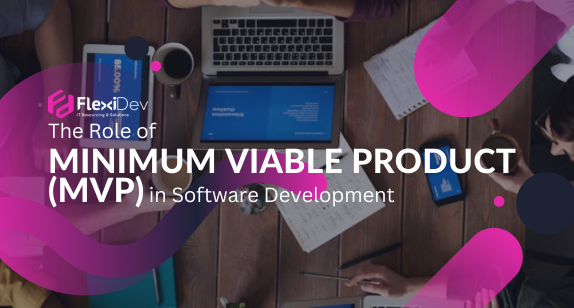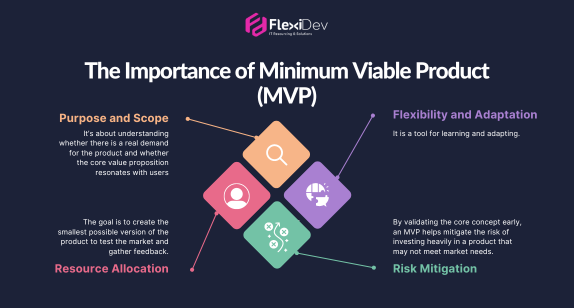
by Simon Purser – Operations Manager APAC
In the realm of software development, the concept of a Minimum Viable Product (MVP) often sparks a great deal of discussion and, at times, confusion. While some perceive it as a preliminary phase or a subset of the final product, it is crucial to understand that an MVP is not necessarily the first phase of the main build. In fact, it may even be discarded entirely before the main project begins. This distinction is vital for businesses to grasp, particularly in the context of the broader principle: “Test before you invest.”
What is a Minimum Viable Product (MVP)?
An MVP is a version of a new product that includes just enough features to satisfy early adopters. The primary purpose of an MVP is to validate a product idea early in the development cycle by gathering maximum learning with the least effort. This lean approach allows businesses to test assumptions, receive user feedback, and make data-driven decisions before committing substantial resources.
Why an MVP is Not necessarily Phase 1 of the Main Build
- Purpose and Scope:
- MVP: The MVP is designed to test a hypothesis about a product. It’s about understanding whether there is a real demand for the product and whether the core value proposition resonates with users. The focus is on learning and validation rather than on completeness or robustness.
- Phase 1 of the Main Build: This phase involves the initial steps in building the full-fledged product. It is part of the broader development strategy, aiming for scalability, performance, and integration with other systems.
- Resource Allocation:
- MVP: Utilises minimal resources. The goal is to create the smallest possible version of the product to test the market and gather feedback.
- Phase 1 of the Main Build: Requires a detailed planning phase, significant resources, and a clear roadmap. It is built with the end goal in mind, incorporating detailed requirements and user stories.
- Flexibility and Adaptation:
- MVP: High flexibility. Based on feedback, an MVP can pivot significantly from its original idea. It is a tool for learning and adapting.
- Phase 1 of the Main Build: Less flexibility once development is underway. Changes are more controlled and aligned with a predefined roadmap.
- Risk Mitigation:
- MVP: By validating the core concept early, an MVP helps mitigate the risk of investing heavily in a product that may not meet market needs.
- Phase 1 of the Main Build: Risk is managed through detailed planning and phased implementation, but the initial commitment is significantly higher.

The Importance of “Test Before You Invest”
Investing time and resources into an MVP aligns with the principle of testing before investing. This approach ensures that businesses do not commit large budgets to unproven ideas. Instead, they gather real-world data and user feedback to shape the product’s development. This iterative process allows for continuous improvement and increases the likelihood of product-market fit.
When to Discard the MVP
There are scenarios where the MVP, after serving its purpose of testing assumptions, may be entirely discarded. This decision might arise if the feedback indicates a need for a fundamental change in the product direction, or if the MVP’s architecture is unsuitable for scaling into the final product. In such cases, the insights gained from the MVP are invaluable, guiding the development of a more robust and market-ready solution.
Conclusion
Understanding the distinction between an MVP and the initial phase of the main build is crucial for effective product development. An MVP is a tool for validation, learning, and adaptation, whereas the main build phase focuses on creating a scalable and complete product. By adhering to the principle of testing before investing, businesses can make informed decisions, reduce risks, and ultimately increase their chances of success in the market.
For those embarking on new software projects, remember that an MVP is your stepping stone to validation, not necessarily the foundation of your final product. Use it wisely, and let the insights guide your journey towards building a product that truly meets market needs.



